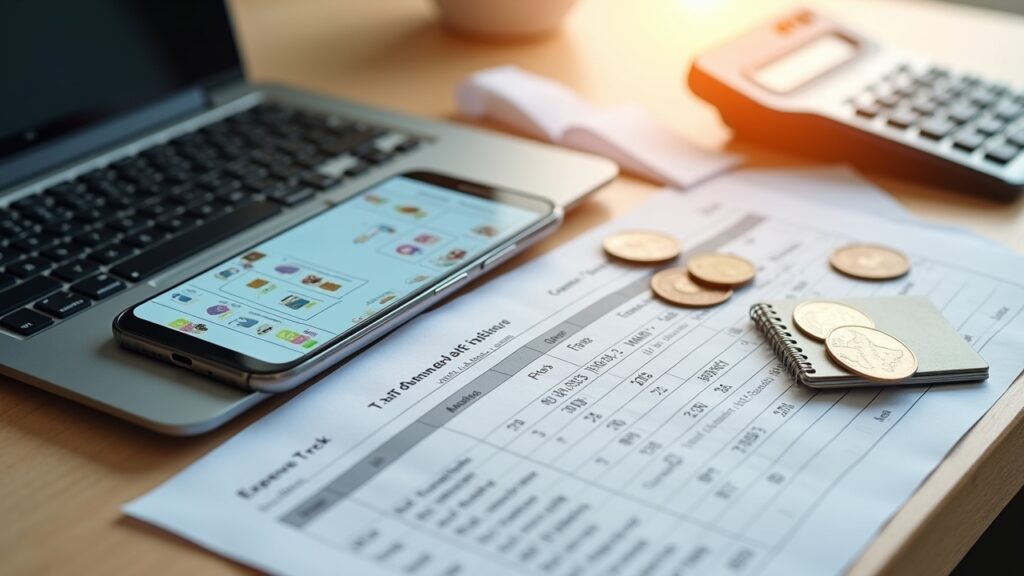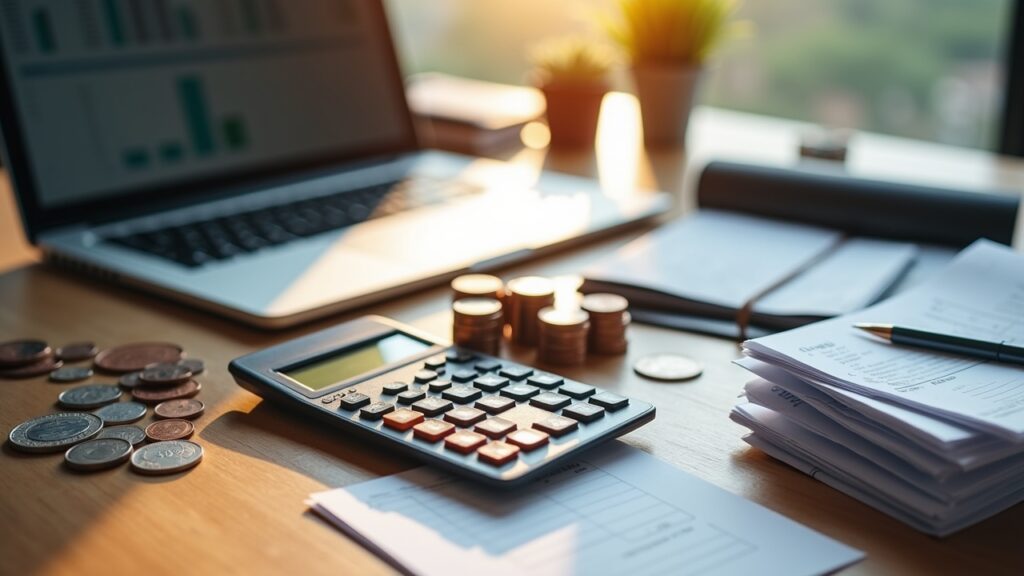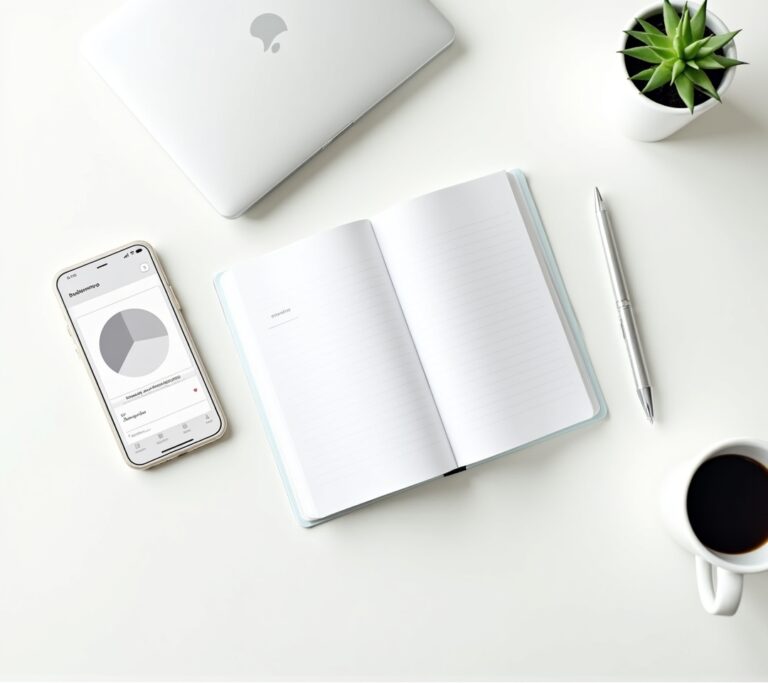Advertisements
Did you know that 73% of Americans rank their finances as their number one source of stress? I used to be part of that statistic until I discovered micro budgeting! This game-changing approach transformed my financial life, and honestly, I can’t believe it took me so long to figure it out.
Let me tell you, I was terrible with money. Like, really terrible. I’d check my bank account and wonder where all my cash went – it was like my money had legs and just walked away!
But micro budgeting changed everything for me, and I’m gonna share exactly how you can use it to finally get a handle on your finances without feeling like you’re depriving yourself of everything fun in life.
What Exactly Is Micro Budgeting? (And Why It Actually Works)

So here’s the deal with micro budgeting – it’s basically breaking down your spending into tiny, manageable categories instead of those huge, scary budget buckets. Instead of having one giant “food” category, you might have separate micro-categories for groceries, coffee runs, lunch at work, and weekend dining out.
I stumbled onto this method after failing at traditional budgeting for the millionth time. You know those budgeting apps that give you like $500 for “miscellaneous”? Yeah, that never worked for me.
The beauty of micro budgeting is that it shows you exactly where every dollar goes. It’s kinda like having a GPS for your money – you can track its journey from your paycheck to that random Amazon purchase at 2 AM (we’ve all been there, right?).
Getting Started: My Super Simple Setup Process
When I first started, I made things way too complicated. I had like 47 different categories and spent hours every day tracking stuff. Total burnout city!
Here’s what actually works:
- Start by tracking your spending for just one week without changing anything
- Look at where your money naturally goes
- Create 10-15 micro categories based on your actual spending patterns
- Set small, realistic limits for each category
- Use an app like YNAB or even a simple spreadsheet
The key is making categories that match your real life. If you buy coffee every single morning, don’t pretend you’re gonna suddenly stop – just make a coffee category!
My Favorite Micro Categories (That Saved My Sanity)
Okay, so these might sound weird, but they’ve been total game-changers for me. First up: my “impulse buy buffer” – I give myself $20 a week for those random things I see and just gotta have.
No guilt, no stress, just pure shopping freedom within that tiny limit. It’s amazing how much less I actually spend when I have permission to spend!
Another lifesaver? My “subscription audit” category. I was hemorrhaging money on subscriptions I forgot about. Now I have a specific amount set aside, and when it’s gone, something’s gotta get cancelled.
Here’s some other categories that work great:
- “Lunch money” (separate from groceries)
- “Pet spoiling fund” (because my dog deserves nice things)
- “Hobby supplies” (keeps my craft addiction in check)
- “Emergency snacks” (for those hangry moments)
- “Date night fund” (relationships need budgets too!)
The Mistakes I Made (So You Don’t Have To)
Oh boy, did I mess up a lot when I started! My biggest mistake was being too restrictive. I gave myself $50 a month for entertainment, which sounds reasonable until you realize that’s like one movie night with popcorn.
Another huge error was not planning for irregular expenses. You know, like when your car registration is due or your best friend suddenly announces their wedding. These things destroyed my budget every single time!
Now I use what I call “sinking funds” – tiny amounts saved each month for those predictable-but-not-monthly expenses. Dave Ramsey explains this concept way better than I can, but basically, you’re pre-saving for stuff you know is coming.
Tech Tools That Make Micro Budgeting Actually Fun

Listen, I’m not naturally a spreadsheet person. Numbers make my brain hurt sometimes! But the right tools make micro budgeting almost… dare I say it… enjoyable?
I personally use Mint for the automated tracking because I’m lazy and it connects to all my accounts. But some of my friends swear by good old Google Sheets because they like the control.
The trick is finding what clicks for your brain. Some people need pretty graphs and colors (that’s me!), while others just want simple lists. Don’t force yourself to use something just because everyone else loves it.
Your Micro Budgeting Knowledge Is Crucial
Look, I’m not gonna lie and say micro budgeting made me rich overnight. But it did help me finally understand where my money was going, and that knowledge is seriously powerful!
Start small – maybe just track your coffee spending for a week. Or create one micro category for something you know you overspend on. Baby steps are still steps, ya know?
Remember, the goal isn’t perfection. It’s progress. Some months you’ll nail it, others you’ll blow your budget on who-knows-what. That’s totally normal and okay!
The most important thing is that you’re taking control of your finances instead of letting them control you. And hey, if this recovering financial disaster (that’s me!) can figure it out, you absolutely can too. Want more practical money tips that actually work in real life? Check out other posts on Cashflow Zen – we keep it real and judgment-free around here!




[…] back – and it will – you’ll be in a much stronger position. Start exploring more money management strategies and financial wellness tips at Cashflow Zen, where you’ll find tons of resources to help you […]